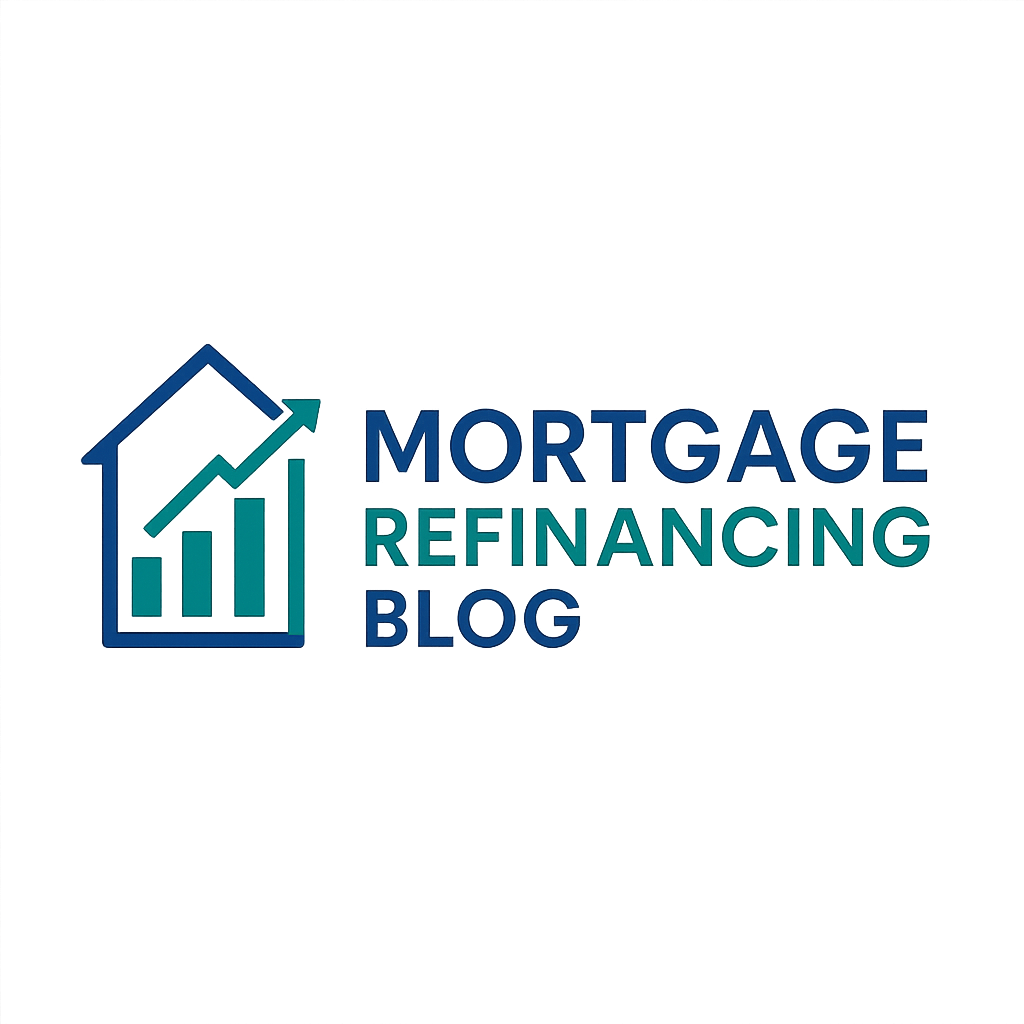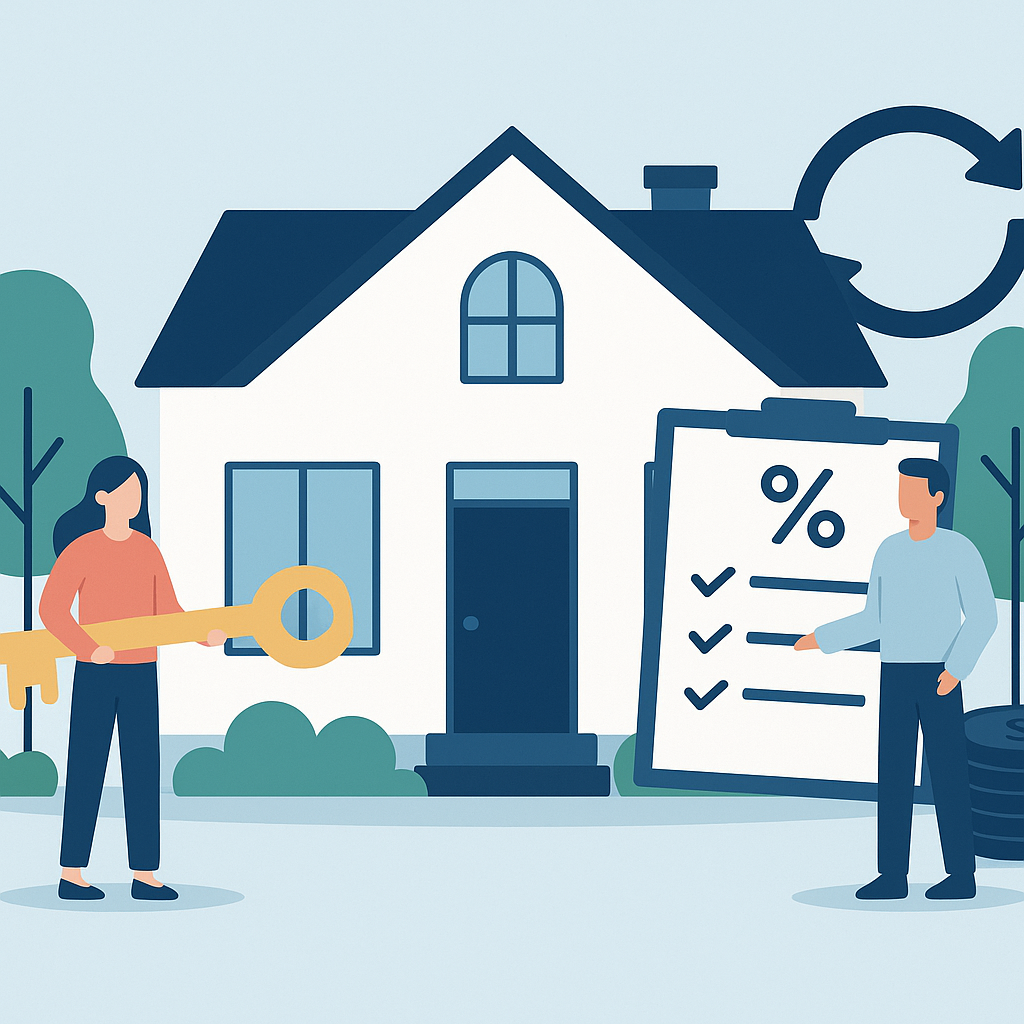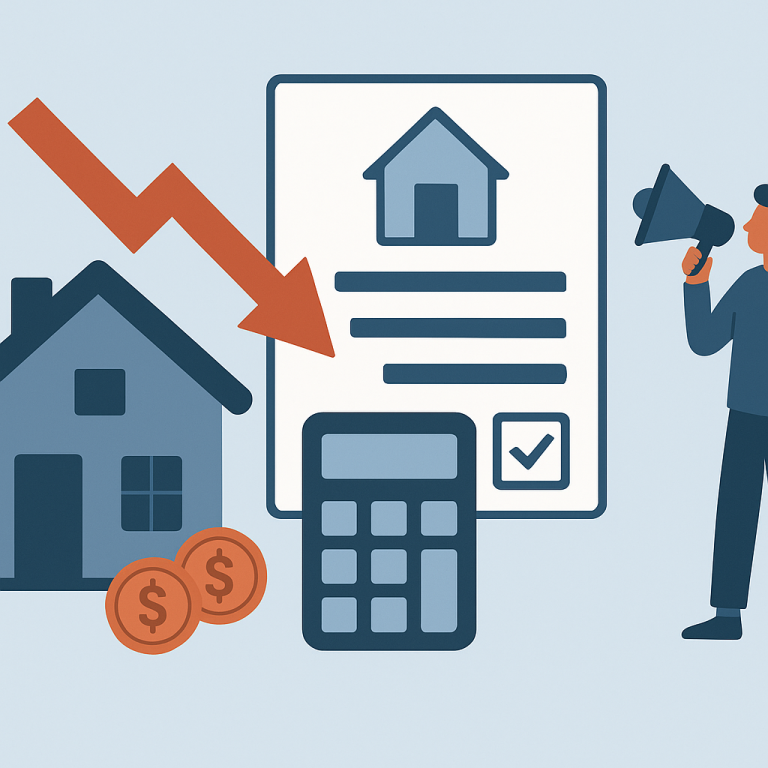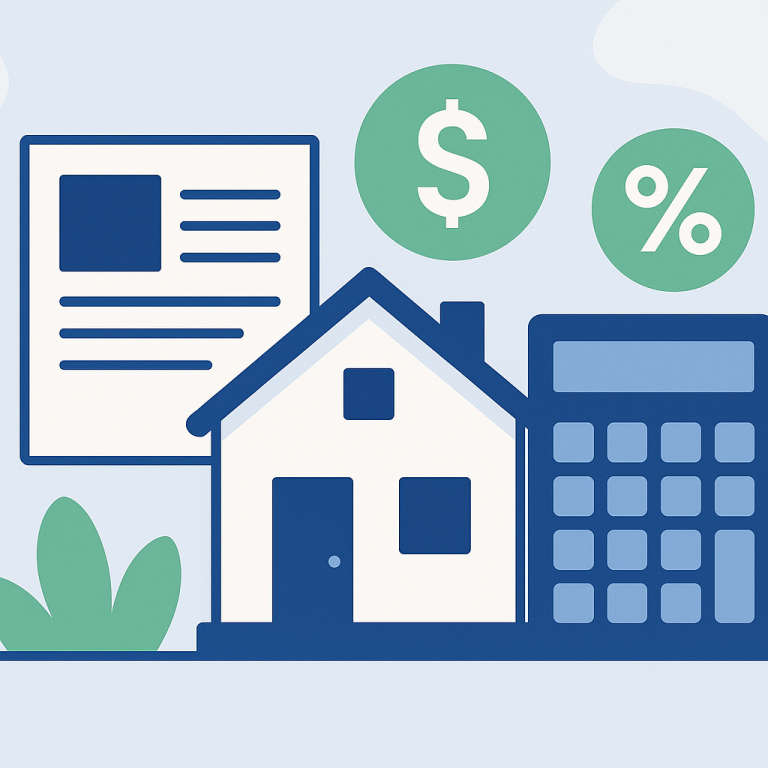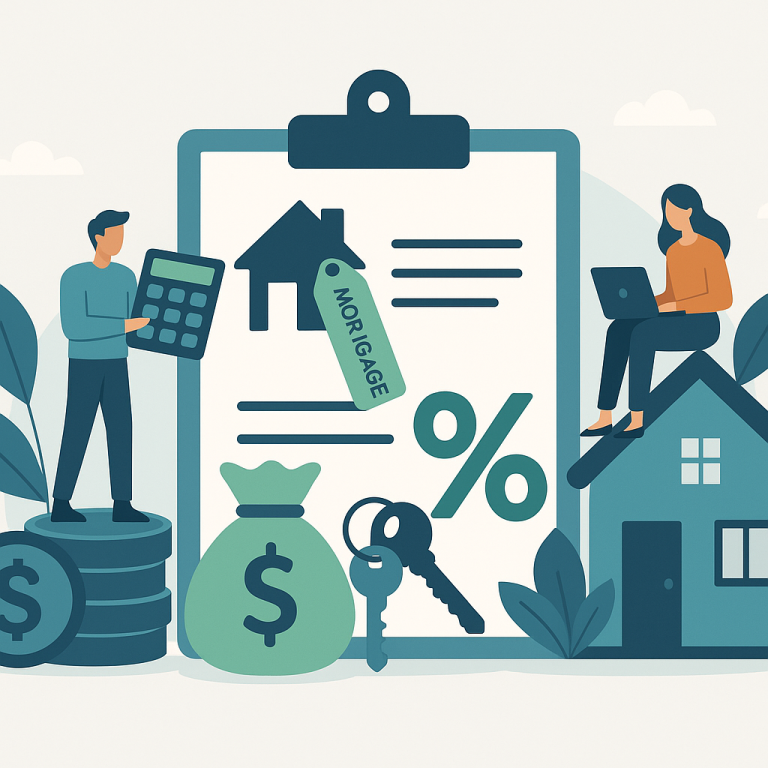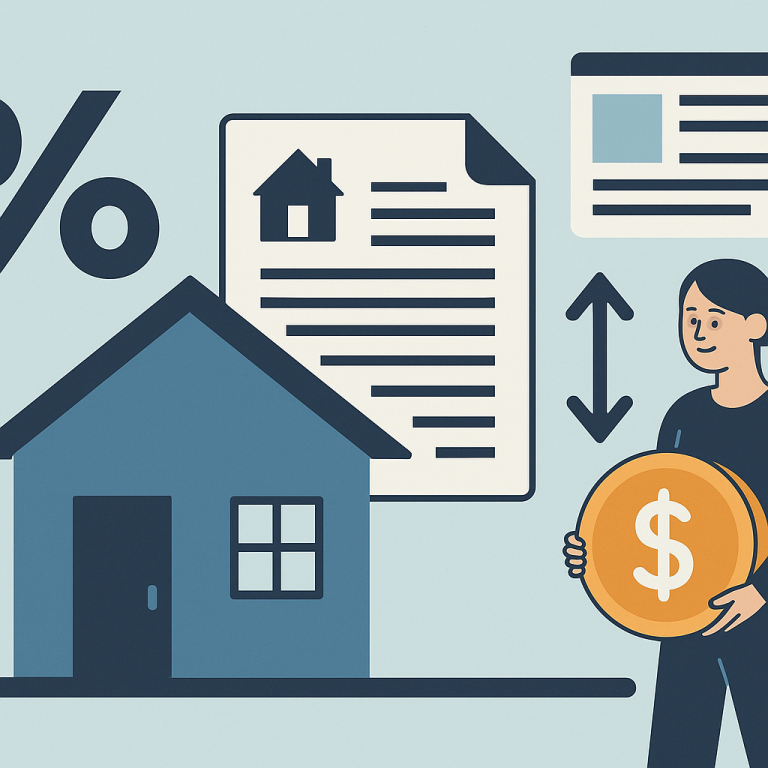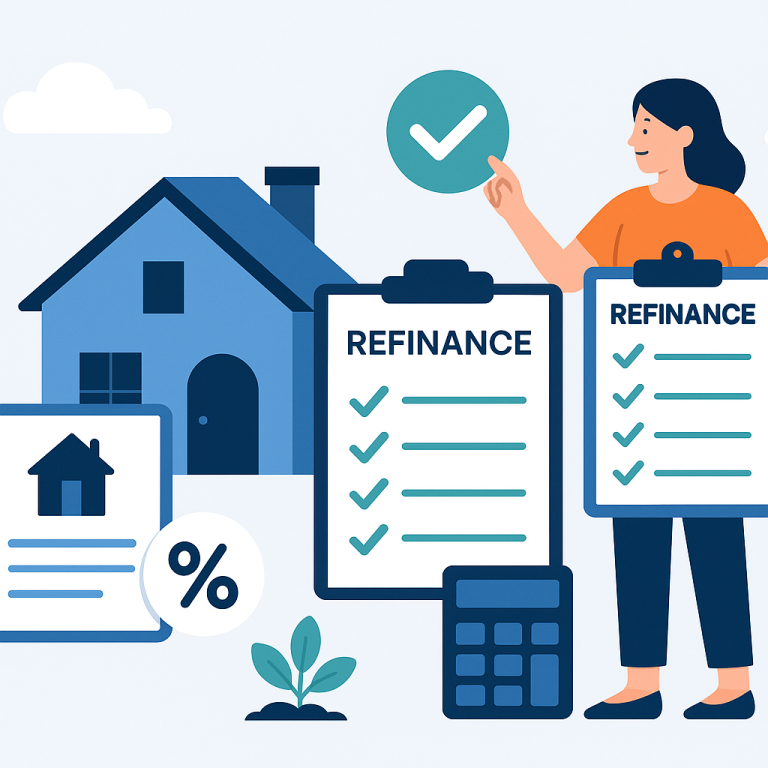Refinance guide interest-only loan refinance to amortizing
Interest-Only Loan Refinance to an Amortizing Mortgage: What It Is and When It Makes Sense
An interest-only loan allows borrowers to pay only interest for a set period (typically 5–10 years), after which payments either increase, the loan converts to fully amortizing payments, or a balloon payment is due. Refinancing an interest-only loan to an amortizing mortgage replaces that structure with a loan that requires regular payments of both principal and interest over the remaining term (for example, a 15- or 30-year fixed-rate mortgage).
This refinance makes sense when the interest-only period is ending and you want predictable payments, if you want to avoid a balloon payment, if you want to start building equity more quickly, or if switching to a fixed amortizing loan provides a lower rate or better monthly cash-flow predictability.
Benefits and Drawbacks
Benefits
- Predictable principal-and-interest payments that reduce the risk of a large balloon due at maturity.
- Faster equity building—paying principal reduces outstanding balance and can increase home equity.
- Potentially lower long-term interest costs if you refinance to a lower rate or a shorter amortization.
- Improved loan eligibility for future financing or sale—buyers and lenders favor homes with standard amortizing loans.
- Certainty for budgeting: payments won’t spike unpredictably when the interest-only term ends.
Drawbacks
- Monthly payments usually increase because you’re now paying principal in addition to interest.
- Refinance closing costs and fees can be substantial and should be compared to the savings.
- Extending a new long amortization can increase total interest paid over the life of the loan.
- You may not qualify for refinance terms if your income, credit score, or property value has changed unfavorably.
Costs and Fees to Expect
Refinancing typically carries many of the same costs as an initial mortgage. Common fees include:
- Loan origination fee (charged by the lender for processing the loan)
- Appraisal fee (to determine current property value)
- Title search and title insurance
- Credit report and underwriting fees
- Prepaid items such as homeowners insurance and property taxes
- Possible discount points if you pay to lower the interest rate
- Prepayment penalty on the original loan, if applicable
Combined, these can run from a few hundred dollars up to 2–3% (or more) of the loan balance. Always get a Loan Estimate showing all fees before proceeding.
Step-by-Step Refinance Process
- Review your current loan:
Confirm the interest-only term end date, any balloon payment, current balance, and whether there’s a prepayment penalty. - Check your finances:
Verify your credit score, debt-to-income ratio, and current home equity. These determine available refinance options and rates. - Shop lenders and loan products:
Compare offers for fixed-rate amortizing loans (15-, 20-, 30-year) and adjustable-rate amortizing options. Request Loan Estimates to compare costs. - Estimate payment changes:
Use amortization calculators or lender estimates to see how payments change under different terms and rates. - Apply and lock a rate:
Submit documentation (income, assets, tax returns) and lock your rate when you’re comfortable with the offer. - Appraisal and underwriting:
Lender orders an appraisal and completes underwriting; respond promptly to information requests to avoid delays. - Closing:
Review closing disclosure, sign documents, and pay closing costs (or roll them into the loan if available). The new amortizing loan takes effect at closing.
Common Pitfalls to Avoid
- Not checking for a prepayment penalty on the current loan—this can offset refinance savings.
- Underestimating the payment increase—calculate worst-case monthly obligations and stress-test your budget.
- Rolling closing costs into the loan without considering higher long-term interest—this can neutralize short-term benefits.
- Not getting multiple quotes—small rate differences can mean big savings over time.
- Failing to confirm property valuation—if your home value has fallen, you may face mortgage insurance or be ineligible for preferred rates.
- Waiting too long—if the IO term is close to ending, start the refinance process early to avoid missed deadlines or forced payment jumps.
Short FAQ
Q: Will my monthly payment always go up when I refinance from interest-only to amortizing?
A: Usually yes, because you’re beginning to pay principal in addition to interest. However, if you refinance to a lower interest rate or extend the loan term, payments can stay similar or even decrease—though extending the term typically increases total interest paid.
Q: Can I refinance to an amortizing loan without an appraisal?
A: Some streamlined refinance programs allow limited or no appraisal requirements, but most conventional refinances require an appraisal to determine current equity and eligibility. Check with lenders for specific program rules.
Q: What if I can’t afford the higher amortizing payment?
A: Options include refinancing to a longer amortization to lower monthly payments, seeking a loan modification with the current lender, selling the property before the balloon payment, or negotiating a payoff schedule if a balloon payment is due. Consult your lender early.
Q: How long should I plan to keep the loan after refinancing?
A: Consider your break-even point—the time it takes for refinance savings to cover closing costs. If you plan to move or sell before that point, refinancing may not be worthwhile.
Refinancing an interest-only loan to an amortizing mortgage improves payment predictability and builds equity, but it requires careful comparison of rates, fees, and payment impacts. Start the conversation with several lenders well before your IO term ends to find the best path for your financial goals.
META: interest-only to amortizing refinance guide
